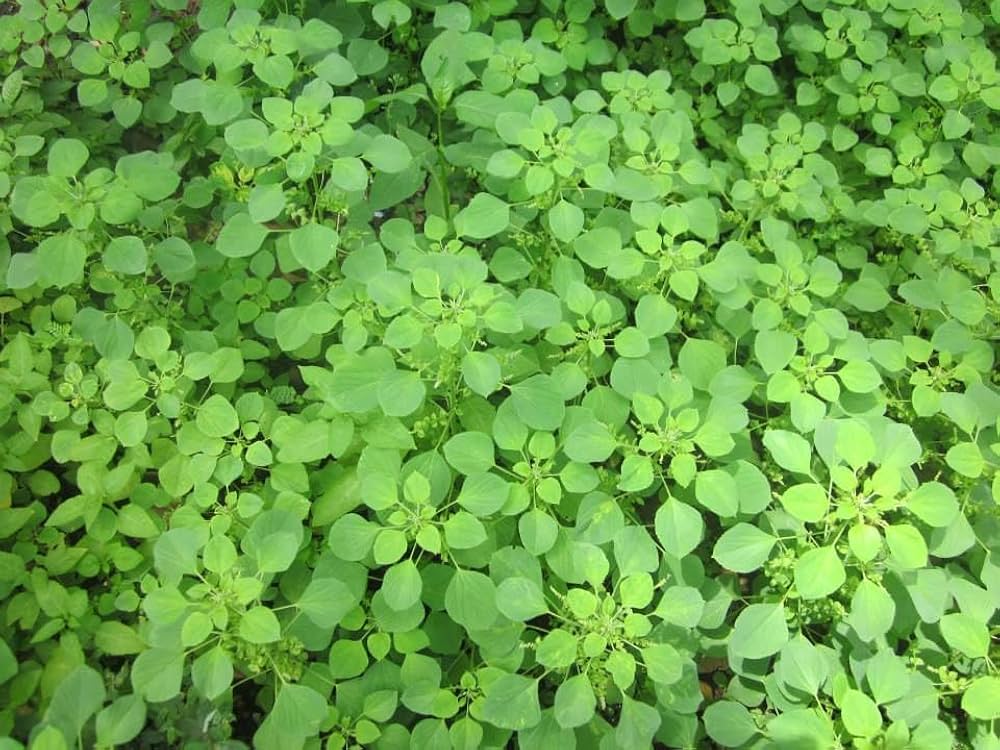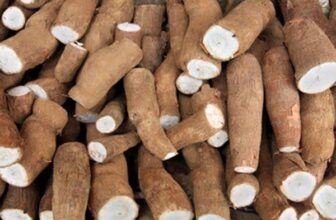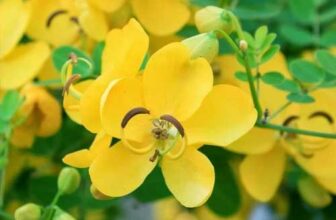
Kuppaimeni, scientifically known as Acalypha indica, is a highly beneficial medicinal plant commonly found in villages and fields, growing alongside grasses and weeds. In recent times, people have become increasingly aware of its health benefits and have started cultivating it in their backyards and gardens. This plant is also referred to as Poonaimiratti or Poonaivanangi in Tamil. It has a wide range of applications, particularly in treating stomach worms in children and various skin diseases.
Kuppaimeni as a Remedy for Stomach Worms in Children
One of the primary uses of kuppaimeni is in treating stomach worms in children. Symptoms of worm infestation include:
- Irritation or itching in the anal area
- Teeth grinding while sleeping
- Loss of appetite
This condition usually results from unhygienic habits such as eating food without washing hands or consuming unwashed vegetables. Kuppaimeni leaves provide an effective natural remedy for this problem.
How to Prepare and Use:
Take a handful of fresh kuppaimeni leaves.
Boil the leaves in water with a small teaspoon of turmeric.
Strain the mixture and let it cool.
Administer 5–10 ml of this extract to children aged 3–4 years.
For children aged 5 and above, 100 ml of the extract can be given.
Ensure the extract is given on an empty stomach for best results.
This remedy can be used once a month as a preventive measure.
Kuppaimeni for Skin Diseases and Fungal Infections
Kuppaimeni is a powerful natural remedy for various skin conditions, including fungal infections like ringworm. Teenage children, due to hormonal changes and excessive sweating, often experience skin rashes and fungal infections. Instead of using chemical-based treatments, kuppaimeni offers a natural solution.
Homemade Herbal Tablets for Skin Diseases
A combination of kuppaimeni and neem leaves can be used to prepare herbal tablets at home to treat skin infections.
Preparation Method:
Take a handful of kuppaimeni and neem leaves.
Add a small amount of turmeric powder.
Grind the mixture into a paste.
Roll the paste into small tablet-sized portions.
Dry these tablets in a shaded area for 7 days.
Store in a glass jar.
Important Tips:
- Avoid making these tablets during the rainy season as they may develop fungal growth.
- Kuppaimeni grows abundantly during the rainy season, so it can be freshly used for direct application instead.
External Application for Fungal Infections
To treat fungal infections naturally, kuppaimeni can be combined with rock salt.
How to Prepare and Use:
Take fresh kuppaimeni leaves and grind them with rock salt.
Apply the paste to the affected area before bedtime.
Avoid using chemical-based soaps during the treatment period.
Instead of soap, use shikakai powder to cleanse the affected skin.
Kuppaimeni for Scalp Infections and Dandruff
For those suffering from scalp infections or severe dandruff, a special herbal oil can be prepared using kuppaimeni along with Aadu Theenda Palai leaves and traditional medicinal oils.
How to Prepare the Herbal Oil:
Take 100 ml of Mahua oil and 100 ml of Pungai oil.
Heat the oil mixture.
Grind a handful of kuppaimeni leaves and Aadu Theenda Palai leaves.
If Aadu Theenda Palai is unavailable, substitute with pearl onions.
Add the ground paste to the heated oil and continue heating until bubbles subside.
Allow the oil to cool and store in a bottle.
Apply the oil to the scalp and affected skin areas.
This herbal oil effectively treats scalp infections, reduces itching, and promotes healthy hair growth.
Reviving the Traditional Knowledge of Herbal Medicine
Modern society has overlooked the medicinal value of plants like kuppaimeni, considering them mere weeds. However, nature has provided these plants for essential health benefits. Our ancestors understood their importance and utilized them for various health issues. By growing and using kuppaimeni in our daily lives, we can reduce dependency on chemical-based medicines and embrace a more natural and holistic way of healing.
Kuppaimeni is an invaluable medicinal plant with numerous health benefits, particularly in treating stomach worms in children and skin infections. By incorporating its use into daily life, individuals can experience natural healing without the side effects of synthetic medications. Understanding its benefits and spreading awareness can help future generations embrace herbal remedies for a healthier life.





